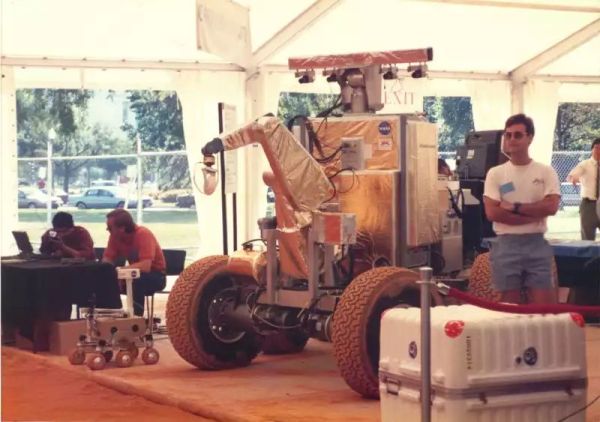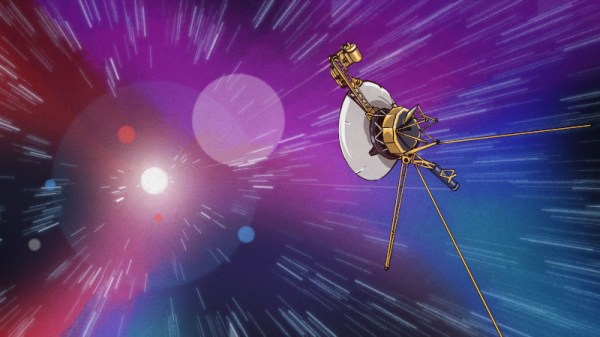During the late 1980s NASA’s Jet Propulsion Laboratory (JPL) was busy developing the first ever wheeled robot that would roam the surface of Mars. Due to the long round-trip times of any signals between Mars and Earth, development of the firmware that would control the rover was a major point, with the two teams occupied with the task each picking different levels of autonomy for the rover. In a retrospective, [Ron Garrett] who worked at JPL on the ‘more autonomy’ team describes his recollections.
Whereas [Ron]’s team focused on creating a rover that could be provided with high-level instructions which the sophisticated LISP-based firmware would use as guidelines to navigate and operate by, the other team pursued a more limited autonomy approach whereby a human driver would use explicitly plan out the route which the rover would follow before awaiting new instructions.
Perhaps unsurprisingly, the system requirements for running LISP and the additional uncertainties and complexities with the autonomous approach, as well as testing and validating the firmware, resulted in the Sojourner Mars rover featuring the latter approach, with straightforward C-based firmware. Most of Sojourner’s autonomy was limited to a home return function if communication with the lander was lost, which limited both its range and operations during its 85-day extended mission.
As [Ron] covers with examples from later missions, one advantage of LISP is that it allows you to send instructions which can be interpreted (e.g. to debug the system) without having to program in such functionality explicitly. With later Mars rover missions much more of this autonomy that [Ron]’s team pioneered was implemented, although C remained the language of choice for these later rovers.
Heading image: Ron Garrett standing in front of the Robbie prototype. Rocky III can be see in the lower left, and above him are Rajiv Desai and Robert Ivlev, two other members of the team. (Credit: Ron Garret)
















